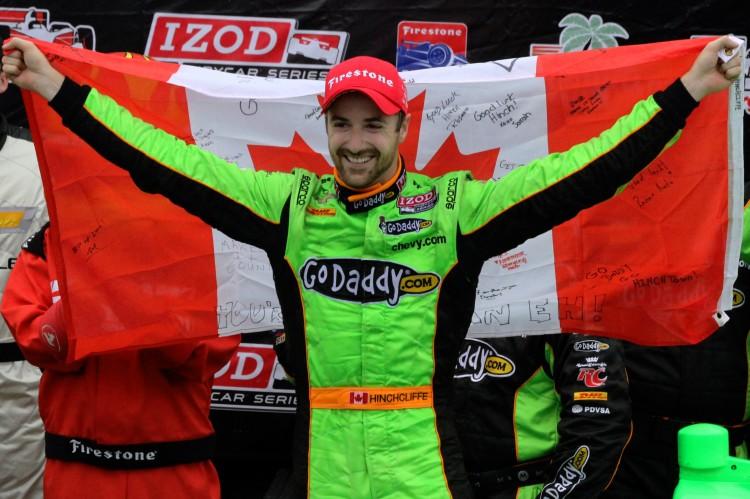Lampre rider Alessandro Petacchi avoided three late-race crashes to win the final sprint of Stage One of the 2010 Tour de France.
Petacchi, nicknamed “Ale-Jet” because of his speed in the prime of his career four to five years ago, showed that he still knew how to fly, when the last of three crashes in the final two kilometers wiped out half the field, leaving Team Lampre’s veteran sprinter in among a handful of leadout riders, a few hundred yards from the finish line.
Petacchi cut sharply across the front of the remaining field and shot down the left edge of the road with HTC’s Mark Renshaw and Cervelo’s big sprinter Thor Hushovd.
Petacchi, whose Lampre train had been squeezed out by HTC, found himself perfectly positioned; when he turned on the jets, no one could catch him.
Interestingly, Petacchi also won the final sprint in Stage Four of the Tour de Suisse on June 15, when Mark Cavendish and Cervelo’s Heinrich Haussler collided, taking down several other riders.
The final few kilometers of the course were narrow with a few sharp bends. The first corner claimed, among others, Mark Cavendish and Oscar Freire; in fact, those two might have been the first to touch.
In the final kilometer, as the road narrowed a huge pileup stopped most of the field, as fallen riders blocked the entire road.
Petacchi Dodges Crashes, Wins Tour de France Stage One
Alessandro Petacchi avoided three late-race crashes to win Stage One of the 2010 Tour de France.

Alessandro Petacchi crosses the finish line to win Stage One of the Tour de France. Spencer Platt/Getty Images
|Updated:





